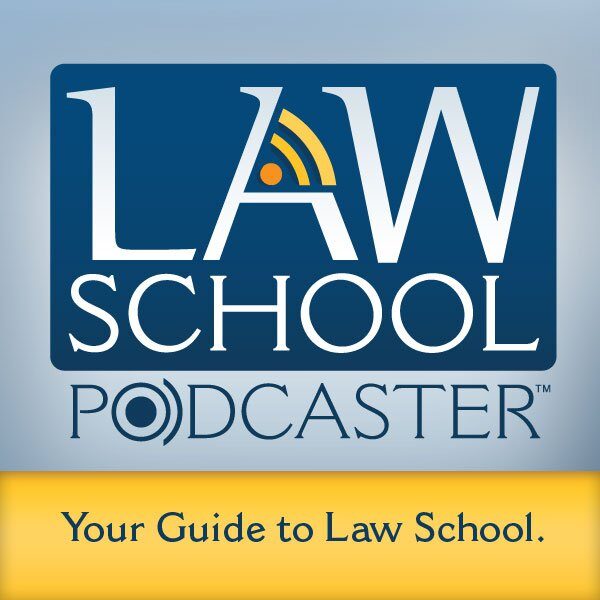 Law school applicants hear this (sound) advice all the time: Do your research and choose carefully when selecting a law school. In the future, law school applicants will have better, more transparent, information to work with as they do that research. Better, though not perfect.
Law school applicants hear this (sound) advice all the time: Do your research and choose carefully when selecting a law school. In the future, law school applicants will have better, more transparent, information to work with as they do that research. Better, though not perfect.
The ABA’s law school accrediting arm will require law schools to provide more detailed employment information. According to Indiana University law professor William Henderson, writing on The Legal Whiteboard, “over the last 18 months, three separate ABA groups — the Questionnaire Committee, Standards Review Committee, and the Council on Legal Education — have given sincere and focused attention to the law school employment controversy. Frankly, I am in awe of the breadth and depth what they have accomplished. Going forward, prospective students will get, at a school-specific level:
- Type of Practice Setting. Law firms (#, broken down by size), business and industry, government, public interest, judicial clerkship (federal, statel, local by size), employed in academic, pursuing graduate degrees, unemployed (various types) and status unknown.
- Duration and Quality. For the first time, jobs will be broken out by: (1) full-time versus part-time, (2) long term versus short term; (3) number of law school funded jobs, (4) whether JD is required; (5) whether JD is preferred; (6) whether the job is professional or nonprofessional
- Uniform Web Reporting. All of this information, plus tuition, fees, employment data, scholarship (including renewal rates), entering student credentials, will be in a relatively standardized format on the schools’ websites.”
While this is a good start, Henderson writes that the ABA decision is controversial because “law schools will not be required to report any salary data (on the theory that they are too incomplete on the bad outcomes side to be reliable).”
Nevertheless, Henderson predicts that the new information “will give rise to a whole new rankings industry that will rival and potentially supplant U.S. News” and will allow potential students to use “hard data” to make more precise decisions. Henderson gives the following examples of ways that applicants can weigh the new information:
- Why go to a law school ranked #60 and pay twice as much when the new Employment Transparency Rankings show essentially identical employment outcomes for a lower ranked school?
- More perniciously, why go to Law School X or Y at all when over half of their graduates routinely fail to obtain full-time legal or professional employment 9 months after graduation?
- And the potential death blow, why should the DOE continue to fund such miserable outcomes when the U.S. taxpayers are ultimately on the hook for the bill?
Henderson characterizes these new ABA industry-level transparencies as “a lot like cancer treatment: it can beat back symptoms and buy time, but it won’t necessarily cure the disease.” For that, he says, law school educators must address ”structural problems” in legal education.
Law School Podcaster is devoting an entire podcast to what law schools are doing to address these “structural problems.” William Henderson, of Indiana University Maurer School of Law is a guest on our upcoming show, Beyond Thinking Like a Lawyer: What Changes in Legal Education Mean for Students. Other guests include:
- Patrick J. Lynch, Co-Founder & Policy Director, Law School Transparency
- Paul Schiff Berman, Dean and Robert Kramer Research Professor at Law, George Washington University Law School
- Nancy Rappoport, Gordon Silver Professor, University of Nevada Las Vegas William S. Boyd School of Law
Stay tuned for the show!
